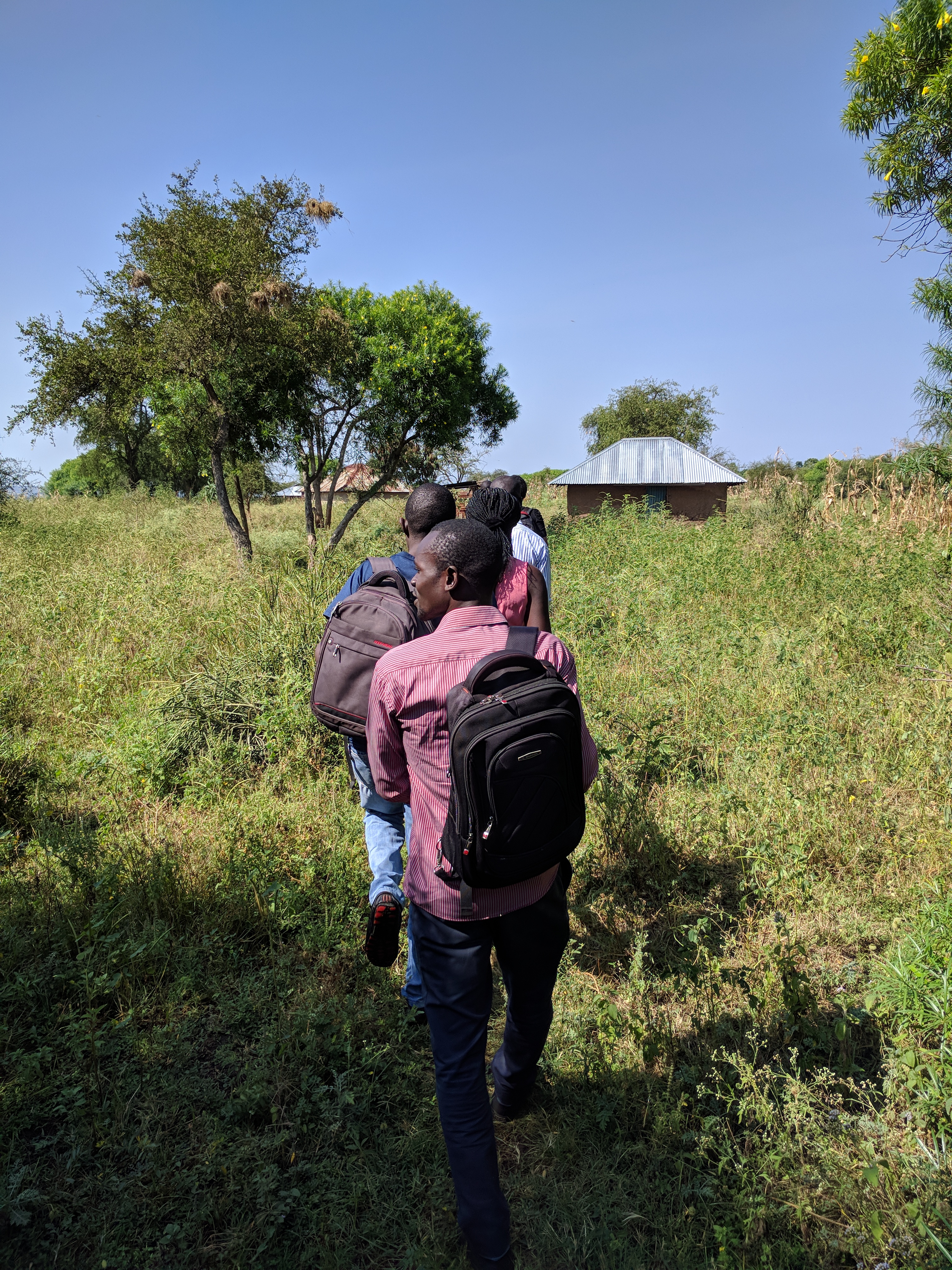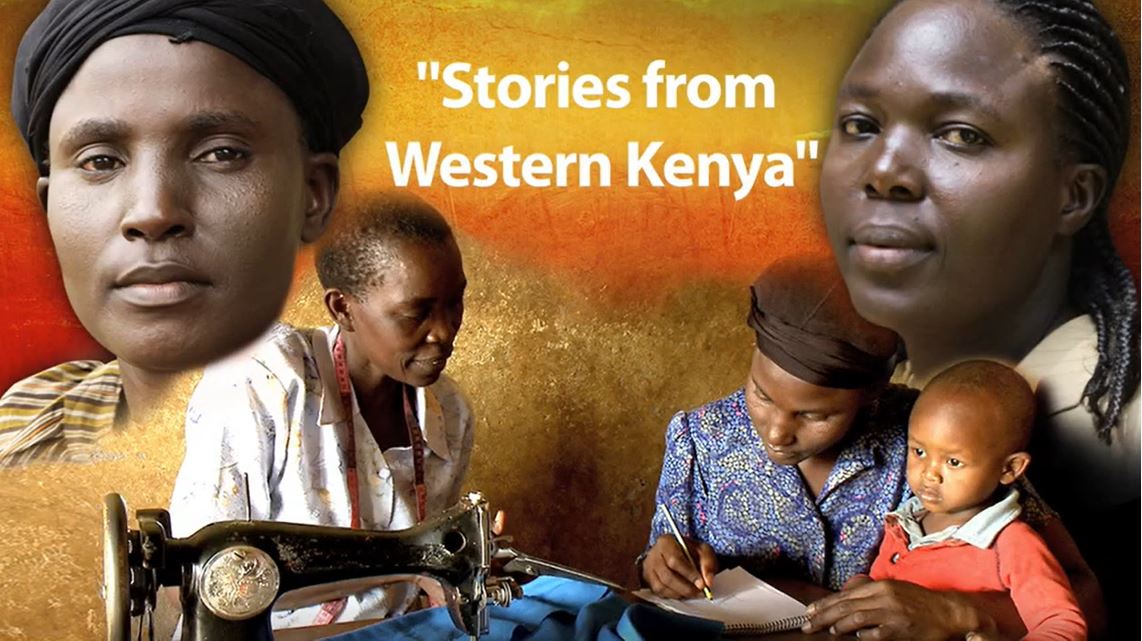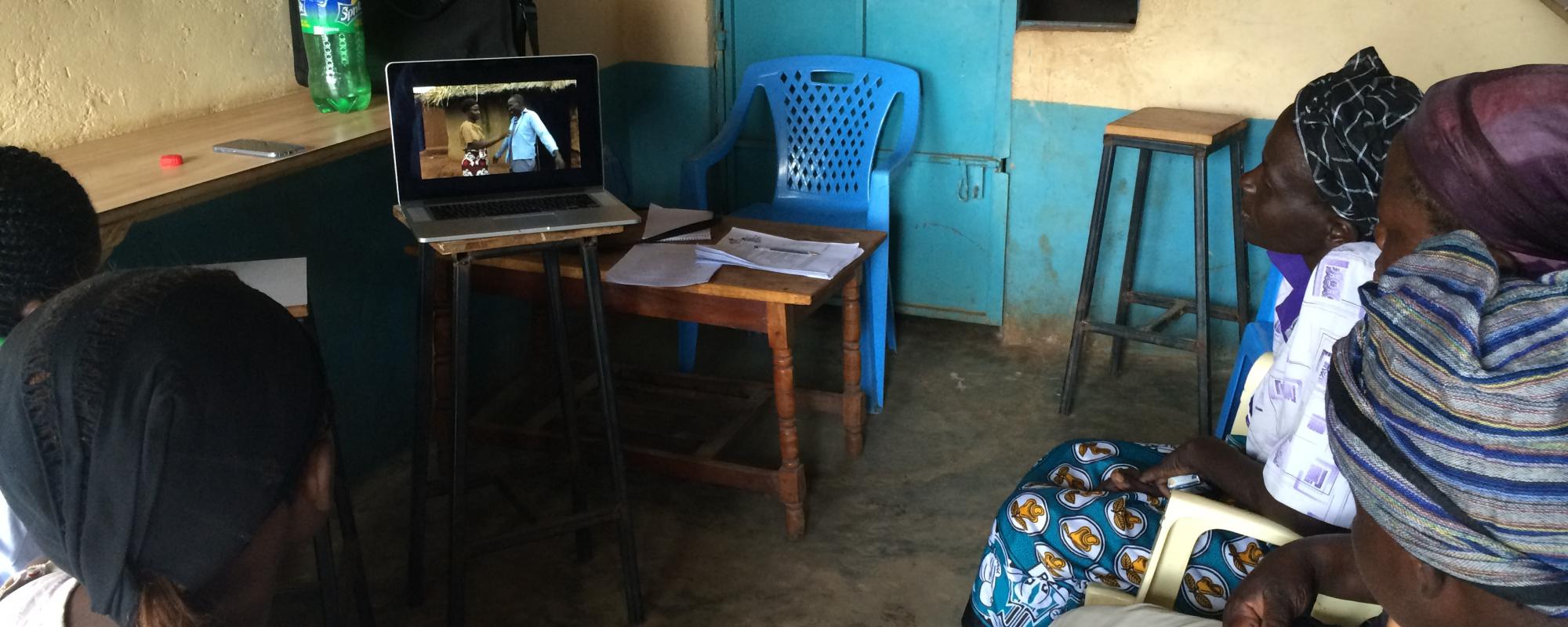Despite progress in poverty reduction globally, some people and communities struggle to accumulate assets and raise their earnings. While a lack of capital and access to education and markets are important, new evidence suggests psychological factors or “internal constraints” may inhibit people living in poverty from taking up work or investment opportunities, despite potentially high returns. These constraints could be one channel through which adverse historical conditions of discrimination and segregation persist and perpetuate contemporary poverty (Durlauf, 1996). One such constraint suggested by the literature is that disadvantaged people or communities may lack opportunities to learn “the capacity to aspire” (Appadurai, 2013): to set higher long-term aspirations to improve their socio-economic position and plan concrete steps to achieve them.
To what extent and how aspirations affect poverty remains poorly understood. How do they influence investment decisions for people living in poverty? Does this change as people’s economic conditions improve? Can an intervention targeting improving aspirations improve living standards? In this paper (Orkin et al., 2023), we partnered with GiveDirectly, a non-government organization specializing in cash transfers, to study these questions through a 415-village, 8300-participant experiment in Kenya.
Our sample is made up of 8300 participants from all 415 villages in northern Homa Bay and southern Siaya. These are rural counties on either side of Lake Victoria in Western Kenya, and are part of one of the poorest regions in Kenya (Egger et al., 2022).
We randomly assigned recipient villages to one of four intervention groups. Within a village, only poor households were eligible for an intervention. This was determined by a location-specific proxy means test implemented by GiveDirectly. The female household head in an eligible household was provided one of the following interventions, based on their village:
- Aspirations and planning workshop: Individuals participated in an 80-minute aspirations and planning workshop which taught simple techniques for setting higher aspirations and developing plans to achieve them. Participants watched a video about the life stories of two local fictional female role models who improve their economic position by setting higher aspirations; defining concrete, immediate steps to achieve them; and planning for obstacles. They then participated in facilitated exercises to learn to implement these techniques.
- Placebo: Individuals participated in workshops made up of video and exercises containing the same images and descriptions of economic opportunities, but without the inspiring life stories and psychological techniques.
- Cash transfer: Transfers were provided to eligible households by GiveDirectly, and were large lump-sum unconditional cash transfers of 2,237 USD PPP, or roughly 60% of the mean annual household consumption. Recipients also participated in the placebo workshop.
- Combination: Individuals both participated in the aspirations and planning workshop and received the cash transfer.

GiveDirectly field officers in Western Kenya signing up households to receive a cash transfer.
The study provides evidence that boosting aspirations among people living in poverty can increase investment and wealth, which then translate into higher living standards. The aspirations and planning workshop had remarkably large effects on five of six prespecified measures of investment and living standards after 17 months, relative to the placebo workshop:
-
The workshop increased measures of investment: labour supply by 5%, revenue by 11% and productive inputs by 22%.
-
These investments were accompanied by improvements in living standards: consumption improved by 4% and non-land asset value improved by 6%.
The intervention works by increasing women’s aspirations and expectations for the household’s future economic position, causing them to save more and accumulate small, non-lumpy assets. The workshop is equally effective for households that are poorer versus richer at baseline, relative to the placebo.
Both the cash transfer and the combined intervention have nearly equal, positive, substantial effects on labour supply, spending on productive inputs, revenue, consumption and assets. These effects are larger than those of the workshop, consistent with the size of the transfer. In the combined arm, the cash transfer’s positive effects on aspirations, and hence on the propensity to invest, crowd out the investment-promoting effect that the workshop has by itself.
The workshop is relatively cheap: the cost of extending it to a marginal household was 218 USD PPP, while the per person fixed cost of workshop development was 80 USD PPP. The ratio of benefits to average total costs of the aspirations and planning workshop is 96% - it nearly pays for itself after 17 months, even using the most conservative estimate of intervention costs. At scale, the programme is likely to be even more cost-effective, as the marginal costs of intervention delivery are small relative to the costs of intervention development.

The video intervention used in this study includes a story about Judy and her goal to become a successful entrepreneur. Click on the link below to see her story.
